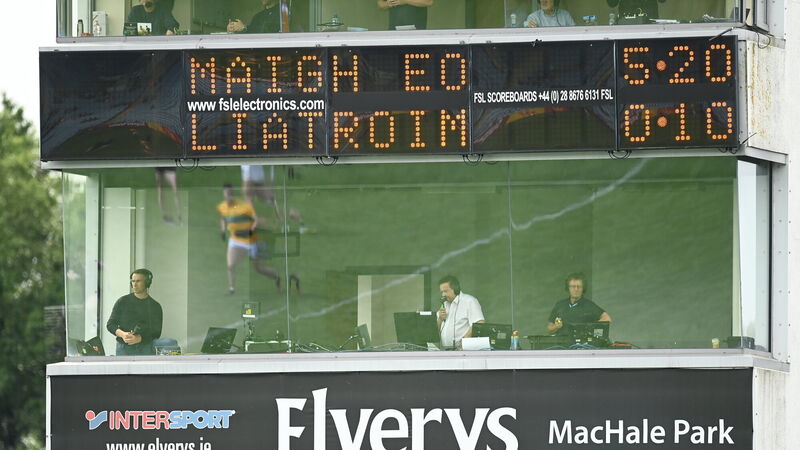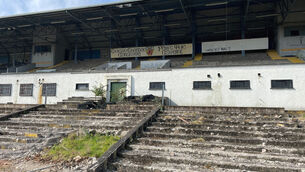Paul Rouse: Structural change without vision is going to end in tiers

RTÉ commentator Marty Morrissey during the Connacht SFC match between Leitrim and Mayo in Castlebar last week. The 5-20 to 0-11 result was the latest in a series of one-sided games in the SFC this season. Picture: Harry Murphy/Sportsfile
In the wake of the hammerings that have been the hallmark of the provincial football championships this year, there is an understandable clamour for “something to be done”.
The “something” that has been hit on (again!) is structures.











